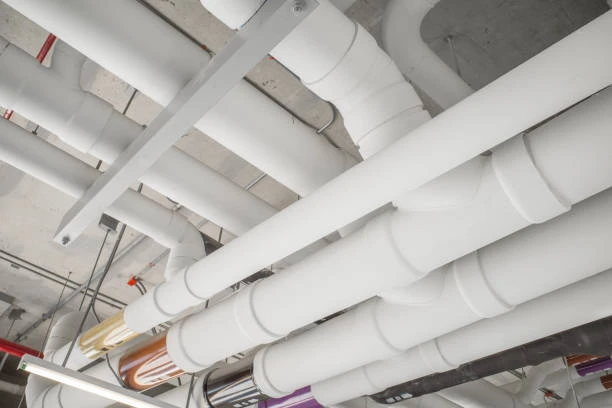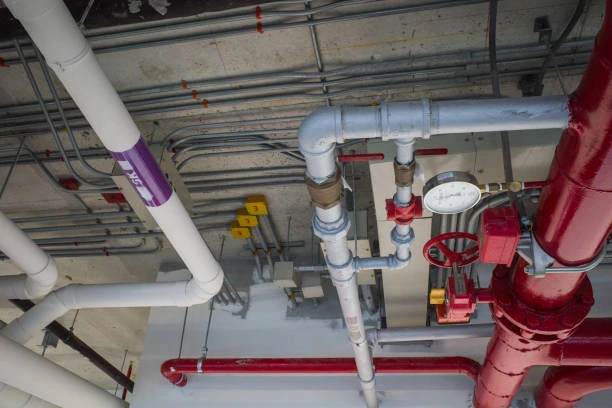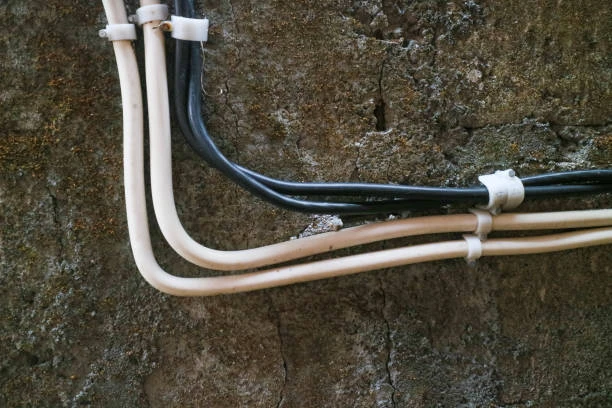Reliability of Copper Ball Valves in Municipal Water Supply
Copper ball valves are trusted components in municipal water supply systems due to their strength, corrosion resistance, and sealing performance. In an era where water infrastructure must withstand rising demand and environmental challenges, these valves play a critical role in ensuring safe, controlled water delivery. In this article, we will explore why copper ball valves are highly valued in municipal systems, how they compare to plastic valves, their role alongside relief valve, and what to consider when choosing and installing them. This guide also includes frequently asked questions, a buyer’s checklist, and insights into IFAN’s certified products.
Frequently Asked Questions (FAQ)
1. What is the function of a copper ball valve in municipal water supply?
Copper ball valves regulate the flow of water through large distribution networks. Their on/off operation allows technicians to isolate sections of pipe during maintenance or emergency shutdowns.
2. How do copper ball valves relate to relief valves?
Relief valves prevent excessive pressure build-up, while copper ball valves manually control flow. Both work together in pressurised systems to maintain safety and stability in water delivery.
3. Why is copper a preferred material over other metals?
Copper is naturally corrosion-resistant, antimicrobial, and capable of withstanding high pressure and temperature. These features are essential for reliable long-term performance in public water networks.
4. Can copper ball valves be used in both aboveground and underground systems?
Yes. They are suitable for both settings due to their resistance to environmental stress, especially when combined with protective coatings or housed in valve boxes.
5. Are copper ball valves compatible with modern water metering and control systems?
Yes. They can be integrated into systems with smart meters, pressure sensors, and automated monitoring, making them suitable for contemporary municipal infrastructure.
Definition and Characteristics of Copper Ball Valves
Copper ball valves are quarter-turn shut-off valves that control water flow using a perforated, pivoting ball. When the handle is turned, the hole in the ball either aligns with or blocks the flow of water.
Key features include:
Full port opening: Allows maximum water flow with minimal resistance.
Durable body: Made from high-grade copper or brass alloy for long life.
Tight sealing: PTFE or Teflon seats ensure leak-free operation.
Quick operation: A 90-degree handle turn opens or closes the valve instantly.
Versatile sizing: Available in sizes suitable for both residential and municipal systems.
These valves are particularly suited for situations where reliable shutoff and corrosion resistance are essential.
Applications and Industries Using Copper Ball Valves
In the context of municipal water supply, copper ball valves serve as essential control points throughout the system. Their use extends to other industries due to their high reliability.
Common applications include:
Municipal water mains
Water treatment plants
Distribution pipelines
Meter boxes and control stations
Residential and commercial service lines
Other industries that frequently use copper ball valves include:
HVAC (Heating, Ventilation, and Air Conditioning)
Plumbing and sanitation
Fire suppression systems
Food and beverage production
Medical and laboratory facilities
In each of these applications, the need for consistent pressure, minimal maintenance, and water-tight sealing makes relief valve an ideal choice.
Buying Guide: Choosing the Right Copper Ball Valve
When selecting copper ball valves for municipal or industrial use, consider the following factors:
1. Material Quality
Choose valves made from certified copper or brass with low-lead content, especially for drinking water. High-quality finishes like nickel or chrome plating increase corrosion resistance.
2. Pressure Rating
Ensure the valve’s maximum operating pressure matches your system. Municipal water systems often require valves rated up to 600 PSI for extra reliability.
3. Temperature Compatibility
Check that the valve can handle the temperature range of your system, especially if combined with relief valves in hot water applications.
4. Size and Port Type
Use full-port valves where flow rate is critical. Smaller ports may cause pressure drops and turbulence, which are not ideal in high-volume systems.
5. Certifications and Standards
Look for compliance with international standards such as NSF/ANSI, ISO, or DIN. These assure safety, performance, and compatibility with piping systems.
6. Handle Design and Identification
Valves in large networks should have easily visible handles and may benefit from colour coding to indicate water type or pressure zones.
Installation Guidelines for Copper Ball Valves
Proper installation ensures the relief valve performs as expected over time. Follow these guidelines:
Pipe preparation: Clean and smooth pipe ends before connecting to the valve.
Positioning: Install the valve in an accessible area for inspection and operation.
Joint sealing: Use PTFE tape or appropriate sealant for threaded ends.
Support and bracing: Avoid excess strain on the valve by supporting the surrounding pipework.
Pressure test: After installation, conduct a pressure test to ensure there are no leaks.
Compatibility: Ensure relief valves and ball valves are placed in logical sequence in pressure-regulated systems.
Copper Ball Valves vs Plastic Valves: A Comparison
| Feature | Copper Ball Valve | Plastic Valve |
|---|---|---|
| Material Durability | Excellent for high-pressure, long-term use | Lower strength and more susceptible to damage |
| Temperature Resistance | Suitable for hot water and steam | Limited by material melting point |
| Corrosion Resistance | Naturally resistant to corrosion and biofilm | May degrade under UV or chemical exposure |
| Environmental Impact | Recyclable, long-lasting | Limited recyclability, may degrade over time |
| Application Flexibility | Ideal for municipal, industrial, and potable systems | Suitable for low-pressure residential use |
| Cost | Higher initial cost, but longer lifespan | More affordable, but may require early replacement |
Conclusion
In municipal water systems, the reliability of each component is critical. relief valve stand out for their sealing strength, durability, and compatibility with relief valves and other safety components. These valves ensure precise control and stable water flow, which is essential for both safety and efficiency in public infrastructure.
When properly selected, installed, and maintained, copper ball valves offer unmatched performance in high-pressure environments. Their use in municipal water systems reflects a long-term investment in safety, reliability, and water quality. Compared to plastic alternatives, copper provides better value in the long run and supports a more resilient water delivery system.
Connect
IFAN is a trusted Chinese manufacturer with over 30 years of experience in producing high-quality plastic pipes, copper valves, and fittings. Our products are widely used in municipal water supply, residential plumbing, industrial systems, and more.
If you are interested in IFAN copper fittings, copper valves, plastic pipes, and fittings, please contact us. We provide a wide range of standard pipes and valves tailored to your specific needs.
We respond to all emails or faxes within 24 hours.
For immediate assistance, please call us anytime.
- For more information,pls visit our webside https://waterpipefitting.com/
Pls Mailto: [email protected]
Whatsapp: +86 15088288323
IFAN Products and International Standards
IFAN’s full range of products adheres to stringent international certifications to meet global demands:
ISO 15874, EN 15874, ASTM F2389
DIN 8077/8078, GB/T 18742, NBR 15884
ISO 15494, EN ISO 15494, GB/T 19472
ASTM 2846 (501), DIN 8079/8080 (502)
ASTM F441/F441M SCH80 (503), DIN (504), DIN (505)
GB/T 18993, AS/NZS 1477, CSA B137.6
NSF/ANSI 14, TIS 17-2532/1131-2535
BS 3505, BS 4346 (801), ASTM D1785 SCH40 (802), SCH80 (803)
DIN (804), GB (805, 806, 901), DWV (902), ASTM D2665 (903)
ASTM D2241, D2665, D2729, F441/F441M series
ISO 1452, EN ISO 1452, DIN 8061/8062
GB/T 10002, AS/NZS 1477, JIS K6741, CSA B137.3
With IFAN, you receive quality, consistency, and international reliability.














Recent Comments